No
There are approximately 50 different species of mosquitoes living in Nebraska but only about half of them spread disease to humans.
Male and female mosquitoes feed on plant nectar but the female mosquito requires a blood meal to produce eggs. A female mosquito breeds in the presence of water and lays eggs after obtaining a blood meal. Where the female mosquito chooses to lay her eggs depends on the larval habitat preference.
The 50 mosquito species native to Nebraska can be organized into four groups based on their larval habitat preferences: permanent pool, transient water, floodwater, and artificial container and tree-container.
Permanent Pool Mosquitoes
Those species within the permanent pool group, Anopheles and Culex species, lay eggs either singly or side by side of the water surface of permanent ponds and lakes.
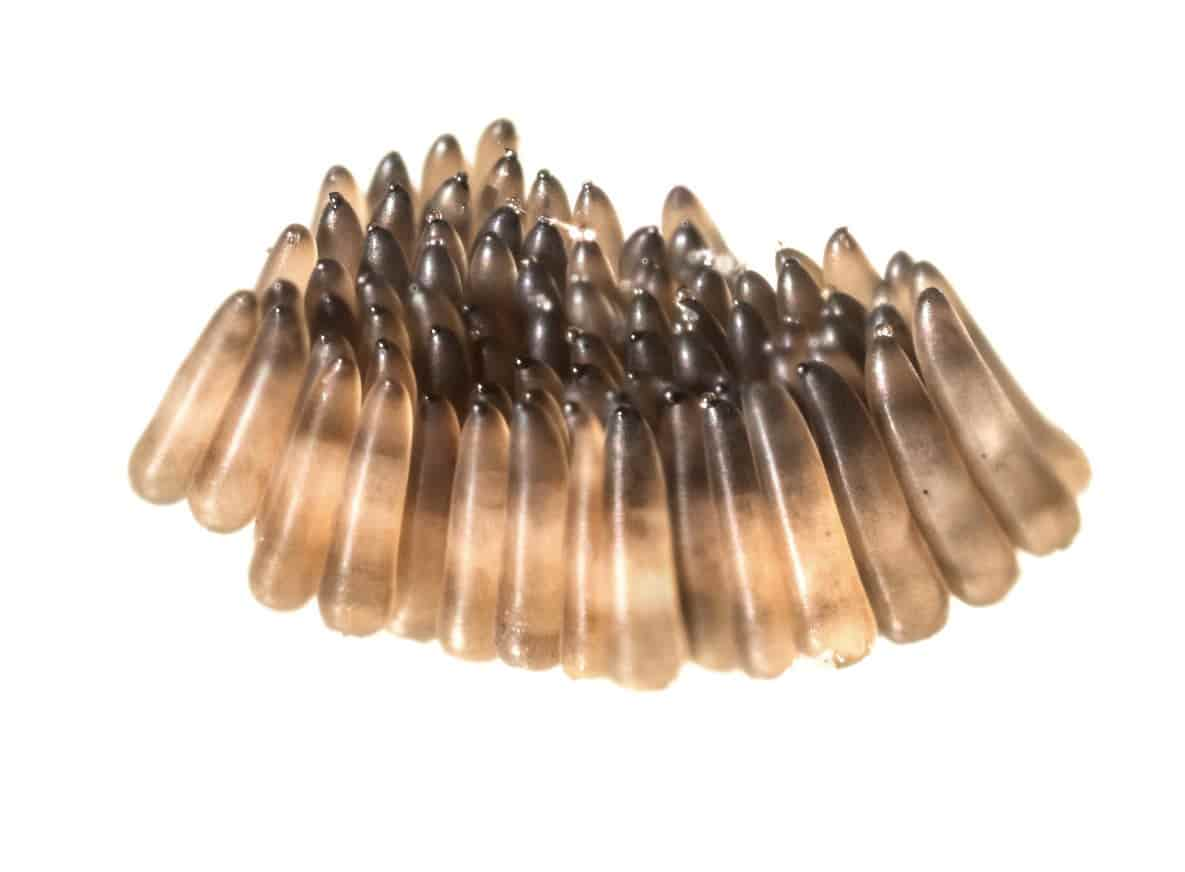 Culex species mosquito eggs.
Culex species mosquito eggs.
Photo: CDC Public Health Image Library.
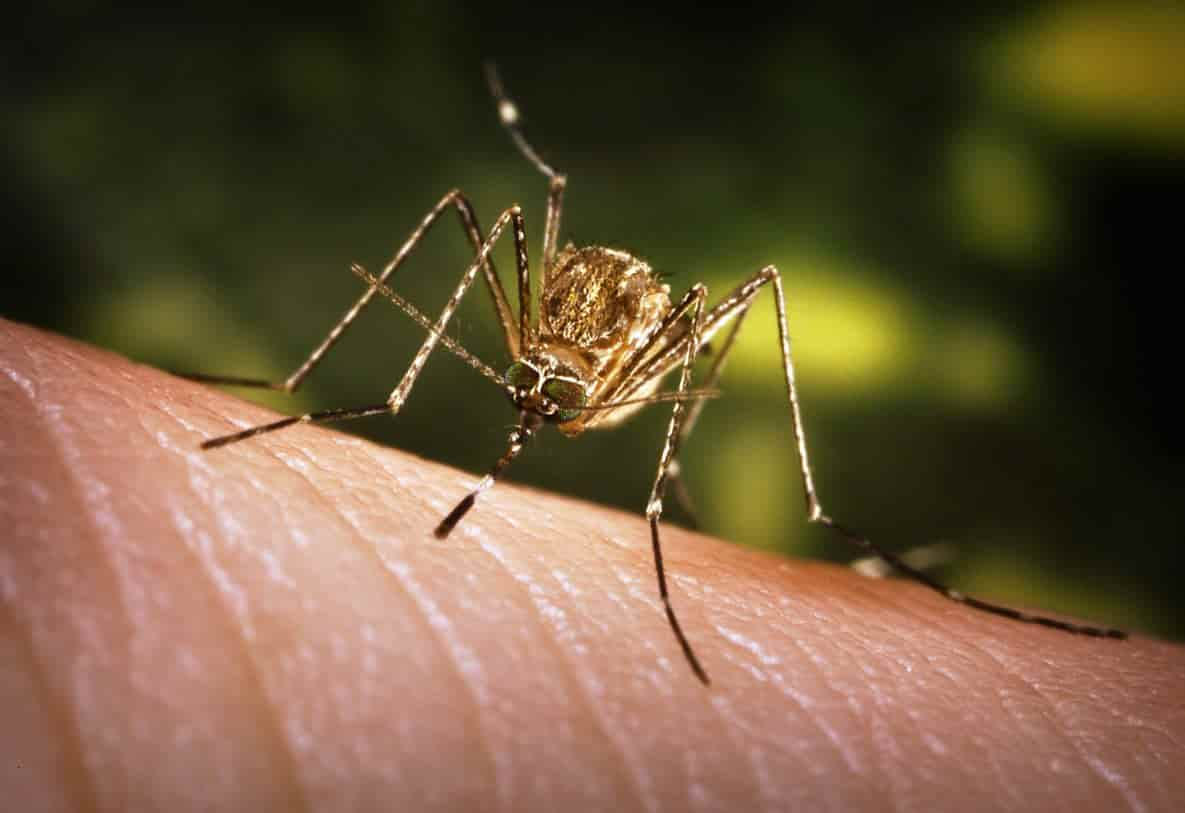 Culex tarsalis adult female mosquito.
Culex tarsalis adult female mosquito.
Photo: CDC Public Health Library
 Cattail Swamp – larval habitat for permanent pool species. Photo: Central Mass. Mosquito Control Project
Cattail Swamp – larval habitat for permanent pool species. Photo: Central Mass. Mosquito Control Project
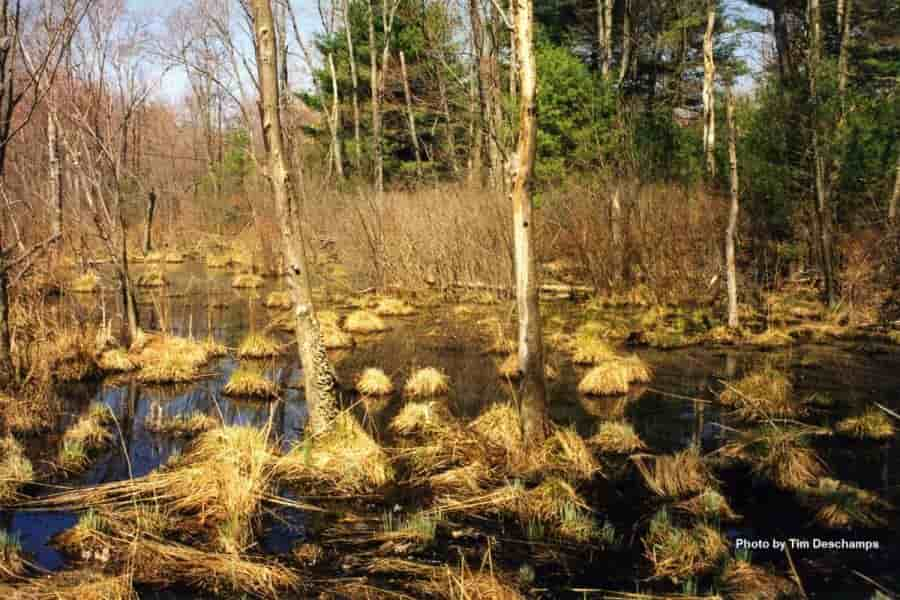 Hummock/tussock Swamp –larval habitat for permanent pool species. Photo: Central Mass. Mosquito Control Project
Hummock/tussock Swamp –larval habitat for permanent pool species. Photo: Central Mass. Mosquito Control Project
Transient Water Mosquitoes
Transient water mosquitoes prefer to breed in temporary pools like roadside ditches, canals, ground pools, clogged streams, and irrigated land. The Culiseta species and Culex tarsalis are included in this group.
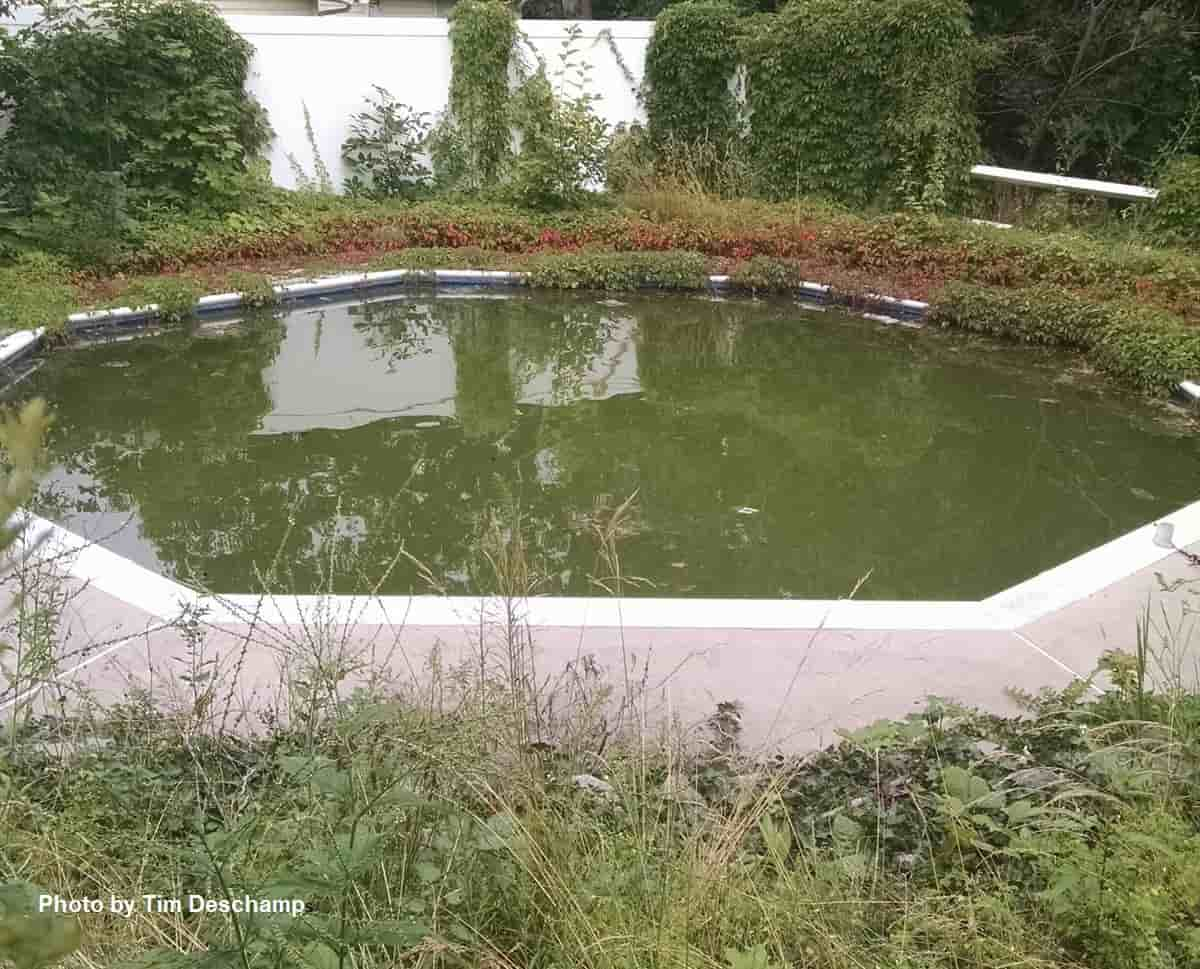 Unmaintained Swimming Pool – larval habitat for transient water mosquitoes. Photo: Central Mass. Mosquito Control Project
Unmaintained Swimming Pool – larval habitat for transient water mosquitoes. Photo: Central Mass. Mosquito Control Project
 Roadside Ditch – larval habitat for transient water mosquitoes. Photo: pexels.com
Roadside Ditch – larval habitat for transient water mosquitoes. Photo: pexels.com
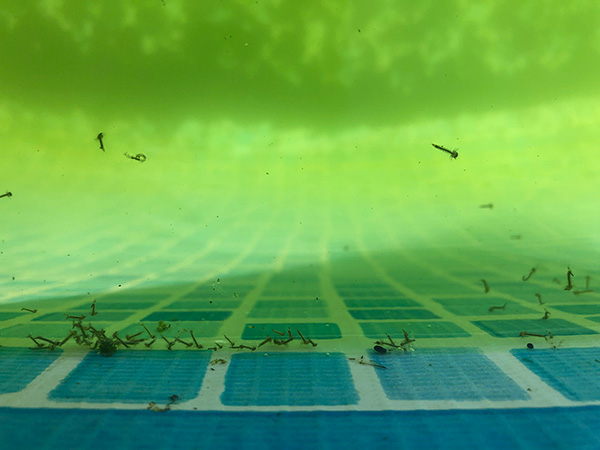 Mosquito larva in swimming pool.
Mosquito larva in swimming pool.
Photo: Matthew Donahue
Floodwater Mosquitoes
Floodwater mosquitoes, the Aedes/Ochlerotatus and Psorophora species, lay eggs on damp soil or along vegetated shorelines; the eggs remain dormant until these areas are flooded. Once flooded, the eggs hatch if conditions are favorable. Large numbers of larvae emerge, and adults can appear as early as six days after flooding.
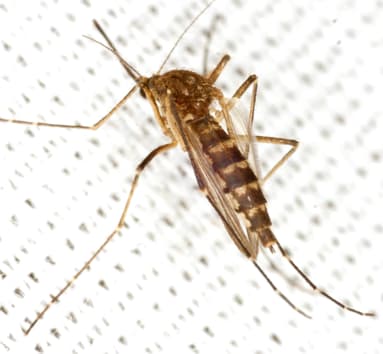 Aedes vexans mosquito
Aedes vexans mosquito
Photo: Bugguide.net
 Floodplain – larval habitat for floodwater mosquitoes. Photo: Central Mass. Mosquito Control Project
Floodplain – larval habitat for floodwater mosquitoes. Photo: Central Mass. Mosquito Control Project
Artificial Container and Tree-hole Mosquitoes
The artificial container and tree-hole group of mosquitoes, Aedes, place their eggs inside the wall of a container or depression inside a tree, at or above the water line, and the eggs hatch when water levels rise. A heavy rain resulting in standing water in areas such as old tires, tin cans, and flowerpots, will begin the hatching process for artificial container mosquitoes.
 Water pooling in artificial containers like old tires are ideal larval habitat for Aedes mosquitoes. Photo: Matthew Donahue
Water pooling in artificial containers like old tires are ideal larval habitat for Aedes mosquitoes. Photo: Matthew Donahue
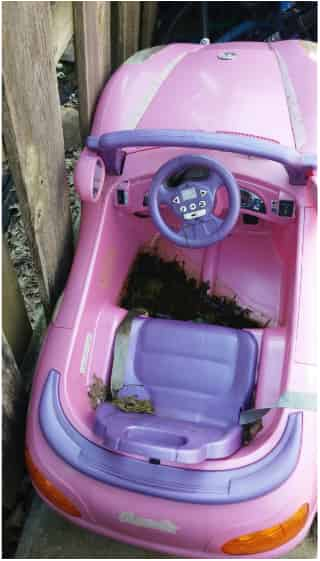 Water pooling in artificial containers like toys, and flowerpots are ideal larval habitat for Aedes mosquitoes. Photo: Matthew Donahue
Water pooling in artificial containers like toys, and flowerpots are ideal larval habitat for Aedes mosquitoes. Photo: Matthew Donahue
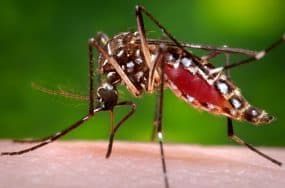 Aedes aegypti adult female mosquito. Photo: CDC Public Health Image Library.
Aedes aegypti adult female mosquito. Photo: CDC Public Health Image Library.
Routine Mosquito Surveillance
Culex species mosquitoes that are collected from across the state as part of the Nebraska Department of Health and Human Services Mosquito and Arboviral Surveillance Program are tested at the Nebraska Public Health Laboratory (NPHL) for the presence of three endemic viruses of human concern in the state. These viruses are West Nile virus (WNV), St. Louis Encephalitis virus (SLE), and Western Equine Encephalitis virus (WEE). The data are used to determine where, when, and how much virus is circulating in the environment.
View West Nile Surveillance Data.
Invasive Mosquito Surveillance
Three invasive (non-native) mosquito species have been found in cities in Nebraska and are the main targets of surveillance efforts. They are Aedes aegypti (the yellow fever mosquito), Aedes albopictus(the tiger mosquito), and Ochlerotatus (Aedes) japonicus. All three species are small black mosquitoes with white stripes on their back and on their legs. They can lay eggs in any small artificial or natural containers that hold water. Historically, only Aedes albopictus and Ochlerotatus (Aedes) japonicus have been detected in Nebraska.
In 2019, Aedes aegypti was detected for the first time in the state in York County (city of York), Nebraska. Aedes aegypti was again detected in Jefferson County (city of Fairbury) in 2020. These detections prompted a coordinated response, between both the local health departments (Four Corners Health Department and Public Health Solutions) and the Nebraska Department of Health and Human Services. Response activities included efforts to identify the area of infestation, determine population size, eliminate larval habitat, and try to determine where/how these mosquitoes became established. Follow up surveillance for Aedes aegypti in York did not detect any additional specimens in 2020. In 2021, follow up surveillance in Fairbury did not detect any additional specimens. DHHS will continue to monitor for these mosquitoes through its mosquito surveillance network.
Aedes aegypti and Aedes albopictus have the potential to transmit several viruses, including dengue, chikungunya, Zika, and yellow fever. However, none of these viruses are known to be transmitted within Nebraska, but people are infected with these viruses in other parts of the world, including Mexico, Central and South America, the Caribbean, and Asia.
Visit our Mosquito-borne Disease Prevention page to learn how to eliminate mosquito breeding sites on your property.